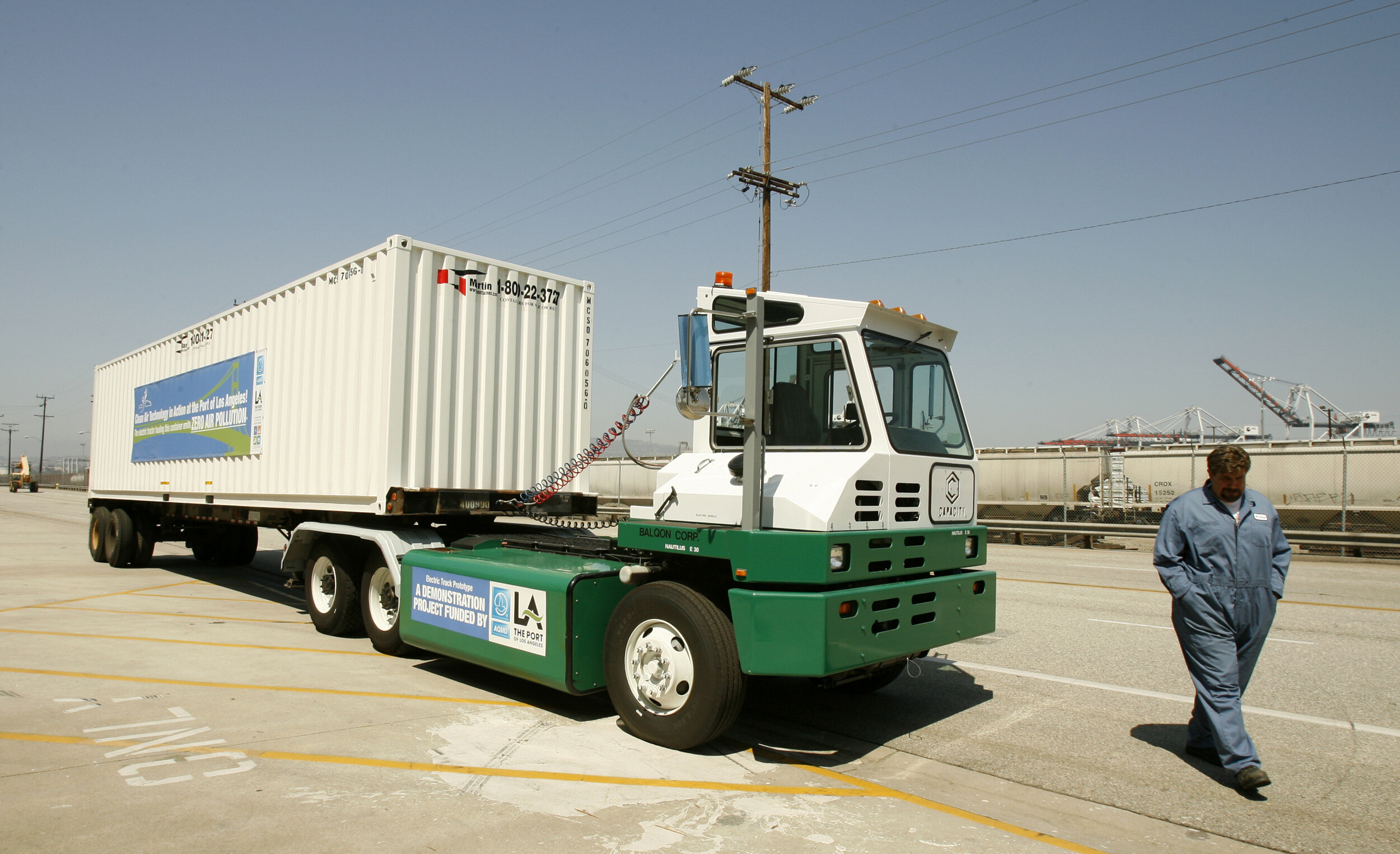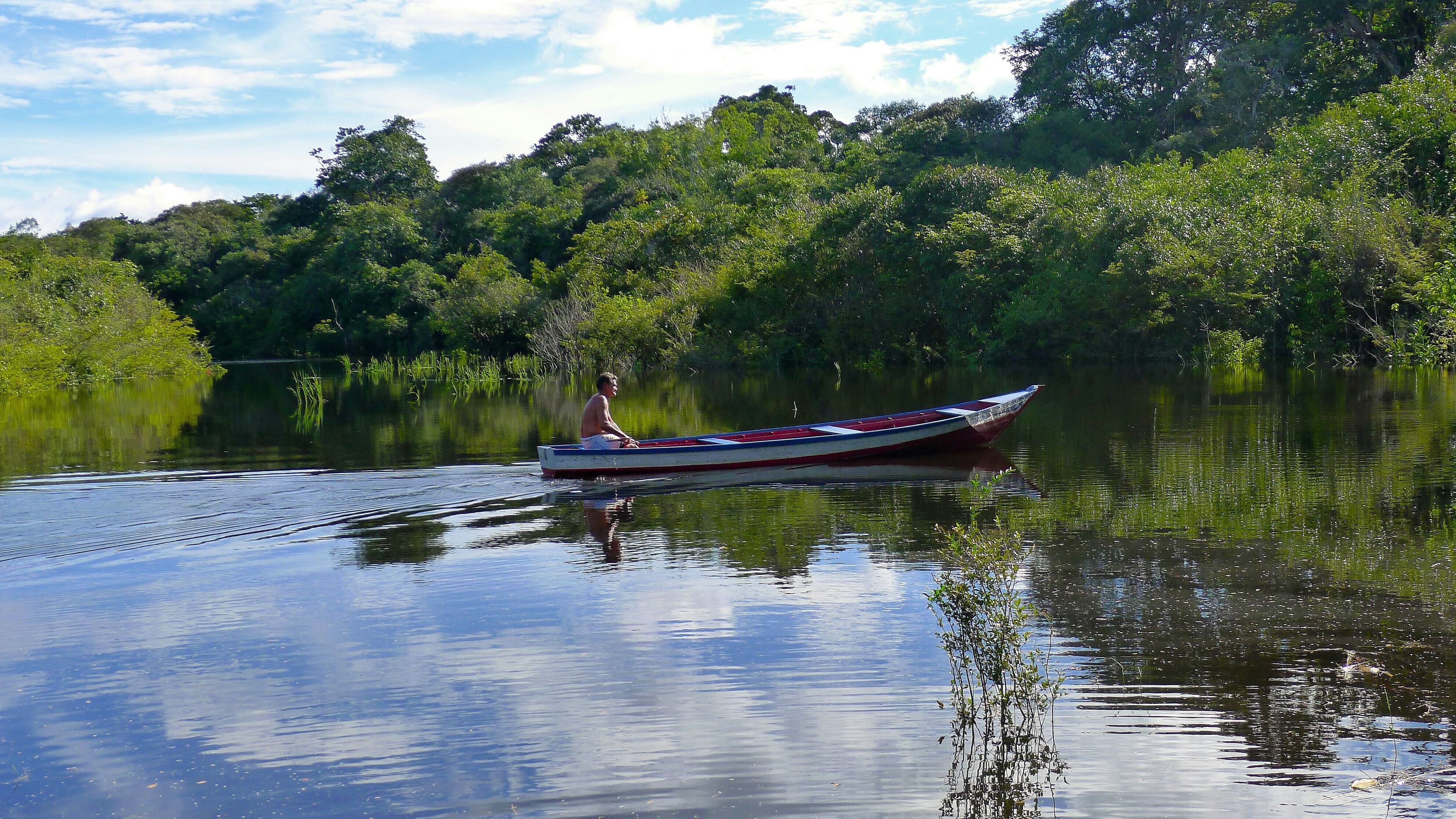Help for earth's climate challenges is coming from space

Data-driven technologies will be critical in how we monitor the effects of climate change and the efforts we take to protect earth's carbon sinks Image: NASA/Reuters
Listen to the article
- While political and business leaders make net-zero pledges, the need for clear metrics and verifiable data needs to be addressed.
- For countries and businesses to reach CO2 reduction targets, they need to deploy technologies that accurately quantify carbon stocks.
- Satellite-imagery monitoring solutions like those of Chloris Geospatial offer invaluable data to show real-time emissions.
As global economies position themselves for a low-carbon transition, data-based reporting standards for businesses aiming for this net-zero future must be measurable and verifiable.
Key to the transition will be programmes to support reforestation and ecosystem restoration. Public scrutiny for these initiatives is also increasing, with many questioning the quality of reporting and integrity of claims made by businesses involved in such projects. The public wants PR-talk to live up to verifiable action.
Searching for reliable data
The main obstacle for quality reporting has always been a lack of reliable landscape data. No realistic substitute to direct field observation has existed until now. These, meanwhile, are costly and unscalable.
The most common use of remote sensing, for its part, is to provide qualitative information on land cover. It doesn't, however, provide actual measurements for quantities like carbon stock and change. As a result, people resort to reporting activities on land area rather than actual physical outcomes, like carbon sequestration.
Looking to address this challenge, Chloris Geospatial has been identified by the World Economic Forum as an UpLink Top Innovator in the Carbon Market Challenge. Chloris couples space-borne remote sensing with machine learning to produce accurate and reliable measurements of how much carbon is above ground and how much it changes. Their innovative approach to processing satellite data is transforming the quality of information available to decision-makers and lifting the measurement standards.
Data to build nature positive economies
Such technologies are allowing for material insights that weren't accessible up to now. The World Economic Forum's recent report, Seizing Business Opportunities in China’s Transition Towards a Nature-positive Economy, highlights China’s potential as a leader in the ecological transition. Here, Chloris’s data shows that growth in China’s above-ground biomass accounts for a third of all carbon sequestered between 2003 and 2019. This makes it the largest national aboveground biomass sink on the planet.
The country’s trees have taken up the equivalent of a billion tons of CO2 per year over the last decade and a half — as much carbon as the global aviation sector has emitted each year. These types of insights can quantify opportunities in real-time and offer invaluable insight into policy design. An interesting find is that, while net effect of the Great Green Wall in northern China is visible in the dataset, the biggest contribution to carbon sequestration actually comes from the southern provinces of the country.

Measuring impacts from space
Having data that is global in scope, and of high quality and resolution, offers context for the impacts of individual companies. These technologies track the entirety of the Brazilian Amazon rainforest—the largest stock of vegetation on the planet. The data shows that between 2003 and 2019, Brazil was the largest aboveground biomass source of carbon globally. It lost, on average, 168 million tons of CO2 per year over that time period. This was mostly caused by deforestation.
Gross losses of almost a billion tons of CO2 per year, however, can be balanced with some substantial gains. At an operational level, these dynamics are revealed through high-resolution images of individual plots (see below figure). Here we see the impacts of both deforestation and regrowth in detail.

This type of technology increases our ability to evaluate the performance of landscapes over time. For example, the 27 countries of the European Union together represent the fourth largest sink on the planet. But the dynamics of above-ground biomass reveal that the forested states of northern Europe are a net carbon source. It is the countries of central and southern Europe that are sinks.
France is by far the largest, with an annual average uptake of over 700 million tons of CO2 over 2003-2019. By comparison, over the same period, Italy has taken up 444 million tons CO2 and Spain 424 million tons. Both are larger than Germany, which stands at 394 million tons of CO2. Greece, with a significantly smaller area, is responsible for taking up 335 million tons of CO2, more than three times as much as Poland at 312 million tons CO2.
Importance of data in the ESG-drive
Data like this, which contributes to measuring, rather than simply inferring the state of the planet, has profound implications for ESG reporting. Efforts attempting to establish standard metrics for tracking company impacts, such as the World Economic Forum’s Measuring Stakeholder Capitalism: Towards Common Metrics and Consistent Reporting of Sustainable Value Creation, recognise that outcomes are directly measurable.
Metrics based on reporting the areal extent of activities, such as those often associated with nature-based impacts, will be less and less adequate. The scalability of data from companies like Chloris Geospatial can transform how we approach individual company impacts. Through data-driven insights, companies can have a clear picture of how natural capital value is created and how supply chains must transform to meet objectives.
Non-financial reporting standards on sustainable value creation must catch up with this next data-driven frontier.
Don't miss any update on this topic
Create a free account and access your personalized content collection with our latest publications and analyses.
License and Republishing
World Economic Forum articles may be republished in accordance with the Creative Commons Attribution-NonCommercial-NoDerivatives 4.0 International Public License, and in accordance with our Terms of Use.
The views expressed in this article are those of the author alone and not the World Economic Forum.
Stay up to date:
Data Science
Forum Stories newsletter
Bringing you weekly curated insights and analysis on the global issues that matter.
More on Climate Action and Waste Reduction See all
Wee Kean Fong and Yvonne Zhou
November 19, 2025







